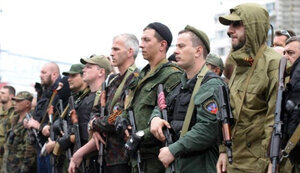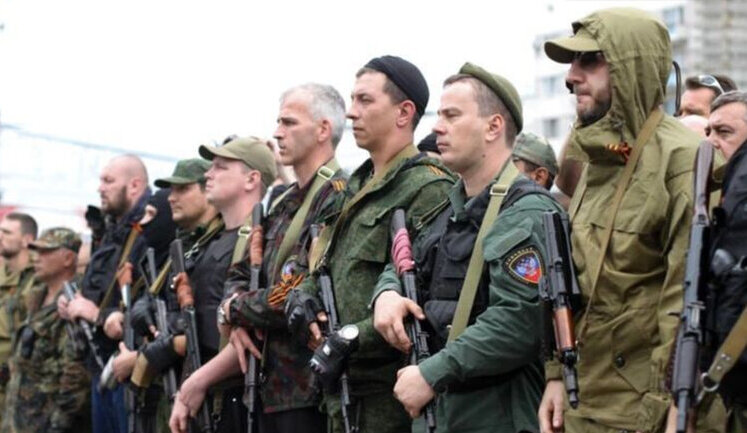In the Luhanska region of Ukraine, ongoing conflict and occupation continue to shape the socio-political landscape. Currently, only 30% of the population in the temporarily occupied territories of Donetsk and Luhansk regions are employed. The National Resistance Center highlights significant economic decline with over three thousand enterprises ceasing operations. Meanwhile, Ukrainian Special Operations Forces have successfully targeted occupier fuel depots in Luhansk, disrupting Russian army supply lines. Despite Russia's focus on restoring infrastructure in larger cities, small settlements remain in disrepair. The Ukrainian military persists in its tactical maneuvers, using drones and artillery to counter enemy advancements in the region.
What are the employment conditions in the Luhanska region?
In the Luhanska region, particularly in the temporarily occupied territories, employment conditions are dire. According to the National Resistance Center, only 30% of the population is currently employed, which is a reflection of the challenging economic circumstances due to prolonged conflict and occupation.
How successful have Ukrainian military operations been in Luhansk?
The Ukrainian military has conducted successful operations in the Luhansk region, particularly targeting fuel and oil depots used by occupiers. These strategic strikes have disrupted enemy supply chains and demonstrated Ukraine's ongoing resistance efforts in the occupied territories.
What economic impact has the conflict had on Luhansk?
The conflict in Luhansk has led to severe economic downturns. More than three thousand enterprises have ceased operations, contributing to widespread unemployment and economic hardship in the region. These factors exacerbate the plight of residents who are already dealing with a challenging socio-political environment.
What military tactics are being employed by Ukrainian forces in Luhansk?
Ukrainian forces are utilizing a combination of drone technology and artillery strikes to target enemy positions in Luhansk. This approach has been effective in disrupting occupier advancements and is part of a broader strategy to reclaim control and restore peace in the region.
What efforts are being made towards reconstruction in Luhansk?
Reconstruction efforts in Luhansk remain limited, particularly in smaller settlements. While Russia has prioritized urban centers, many areas continue to suffer from infrastructure neglect, which perpetuates hardship for local residents seeking stability and normalcy post-conflict.


































































